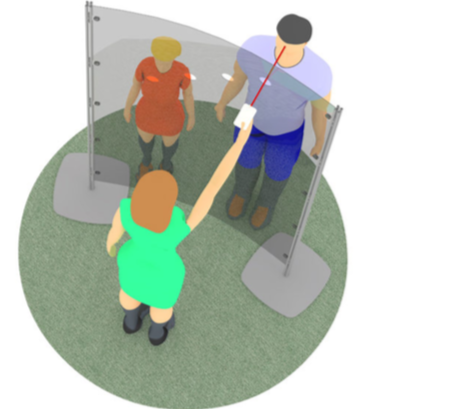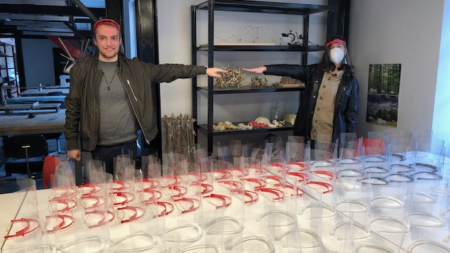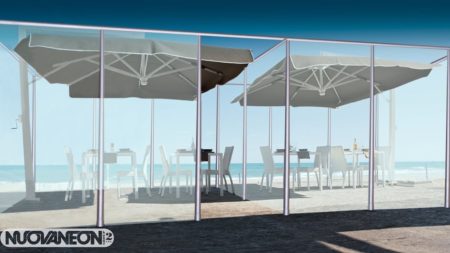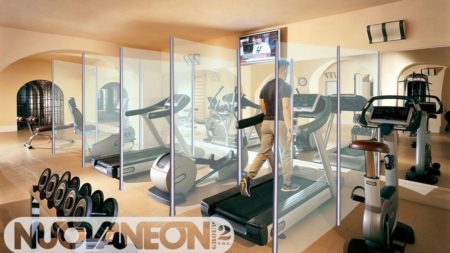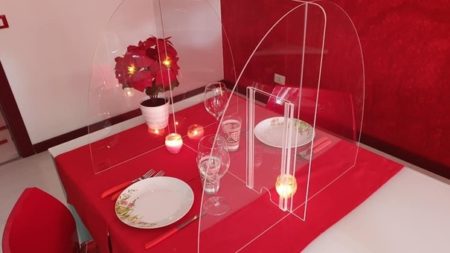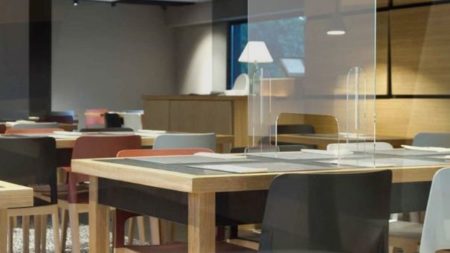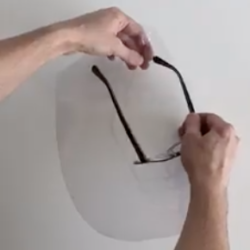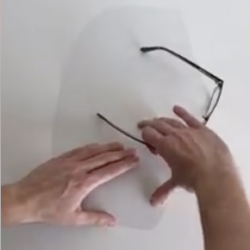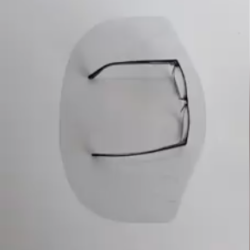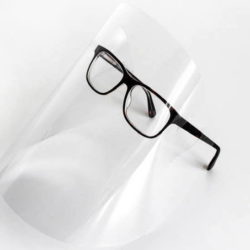
Barriers seem to have become the object of desire of the post-pandemic workplace era: Plexiglas (or other materials) screens seem destined to fill our workplaces, restaurants and even, in some bizarre idea, the beaches. The question to ask is not only about how and where to put barriers, but also and above all: what is a barrier? Which paths and visions can it suggest? What could the attribute “barrier” can conceptually and practically mean? With a little touch of creativity, the answer is to add a small dash (-) which indicates the assembled and never defined nature of the world around us: from the concept of “barrier” we must move to that of “-barrier”.
What are barriers? From a spatial perspective, we can answer that barriers are not only physical impediments to the passage of something, but also and above all, opportunities for the creation of new paths. Two examples, which we talked about during the webinar organized by WOW! and CBRE and dedicated to “Keywords for the post-pandemic Workplace“ can be considered interesting starting points for understanding what has just been said.
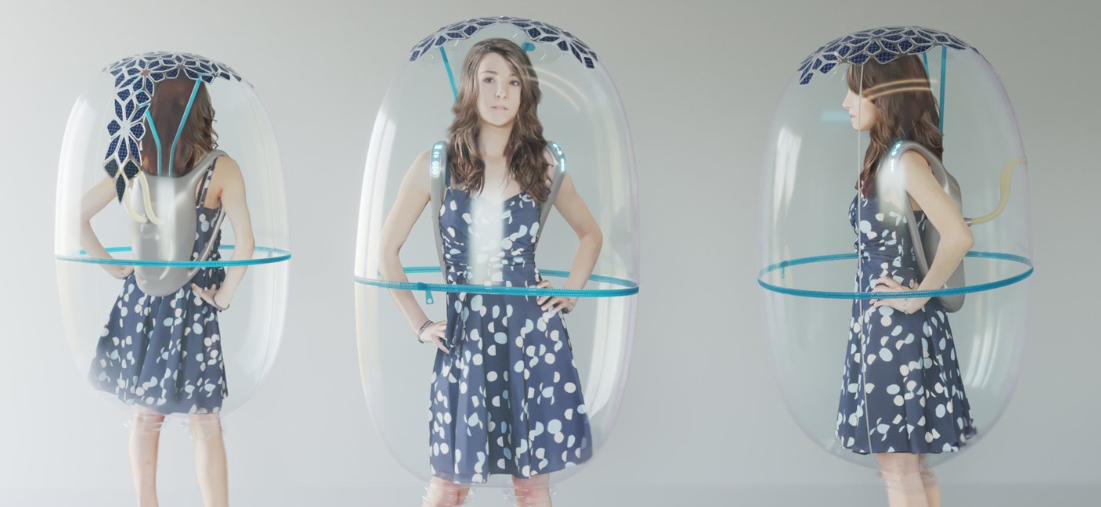
Torre Allianz and HQ Fastweb: two examples.
On the one hand, the reprogramming of the spaces of the Allianz Tower presented by Alessandro Adamo (DEGW) is a clear example of what we mean by the current implementation of the “office building stress test”. As it is shown by the compartmentalization of the floors and by the creation of filter areas outside the building as hospital “pre-triage”, the space must be divisible, intertwining openness and sustainability, creating new paths that allow to update a “personal bubble” layout in used 30 years ago.
On the other, the response from the Fastweb office, presented by Luciana De Laurentiis, is a clear example of how “having experienced true smart working first”, before the corona virus emergency,has provided the company with the resources to respond to this unexpected situation, especially at the level of technological demonstrating how desk sharing apps can become not only excellent collaboration tools, but also path designers and detectors, just as mobile walls have always been and continue to be effective tools for remodeling space.
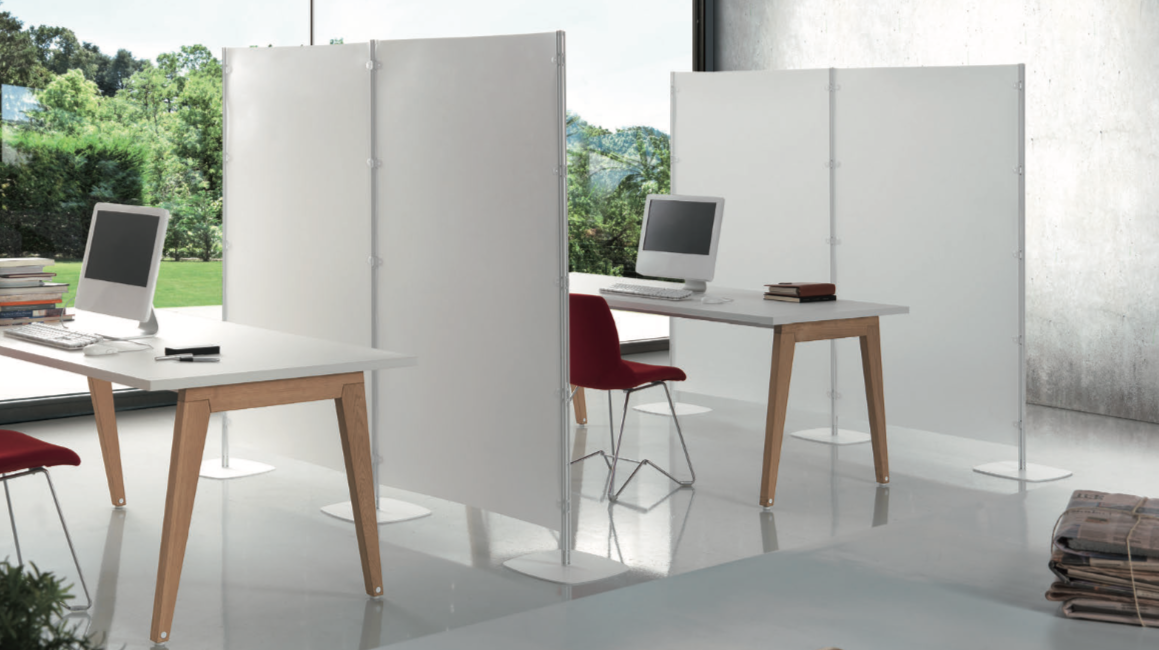
Adding potential to existing objects.
What these two projects have in common, however, is the ability to extend the concept of multi-functionality of space to all the components of the space itself: every piece of furniture, every component of the building, as well as every tool or technological medium proves not to be reducible to a sterile monofunctionality, but to be re-conceptualizable, re-transformable and re-assemblable, that is capable of taking on new potential. It is not about replacing or adding objects, but about adding new performances or potential qualities to objects.
This is what we mean by asking ourselves: what does it mean to add the “-barrier” quality to the objects already at our disposal, for example by transforming desks into barrier-desks, sound-absorbing panels into sound-absorbing barrier panels, plants into barrier plants or smartphones in smartphone-barrier?
It is a way of looking at reality which, as I explained during the Webinar, consists in seeing things not as “matters of fact”, but as “matters of concern”, recovering the etymology of English “thing”: meeting.
According to this vision, theorized by the French anthropologist Bruno Latour, things are meetings that have already ended, but that can be reconvened at any time, especially in times of crisis: a chair, for example, is the result of a meeting that established the function of that object in that particular way, but, when we need “-barriers”, we can reconvene the meeting that made that decision to make a different one. The moment problems arise, a creative response implies the fact of “re-problemizing” the world around us.
A creative approach to avoid static attributes.
The advantage of this creative approach is that “-barrier”, unlike “barrier”, is not a static attribute that defines once and for all the function of the object, but a potential that allows us to face the contingent situation without “Upsetting our visions“, as Cino Zucchi said during the Webinar, in order not to fall on what the architect called the “camping shower theory“: the same phenomenon that students face in campuses while opening the hot water tap in the shower. Although it takes a while to get hot water to the shower, once it arrives, due to the exaggeration, the water itself becomes too hot to be used. And this theory can also be applied to the design of spaces and furnishings.
It is therefore in the small, subtle, but substantial difference of a dash, that we must look for the transition from the concept of flexibility and resilience to what we have proposed of malleability and “assemblability”: it is not a question of creating a space that can be “deformed” depending on the needs, but of spaces and objects that can be always conceptually and practically recomposed, objects and spaces that are always potentially other spaces and objects, multiple realities, capable of being “-barriers”, but also anything else we can imagine putting after that dash.
Text by Gabriele Masi, PhD candidate in Cultural and Social Anthropology, University of Milan Bicocca.
Captions:
Opening picture: Caring System by Estel.
Eyeglasses Mask, design by Giulio Iacchetti, Protective visor for those who wear glasses. You can download here the executive file.
